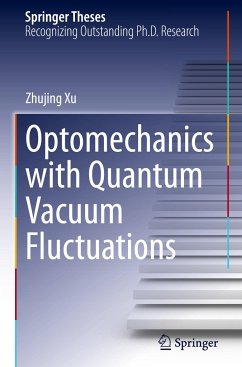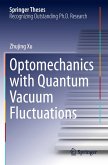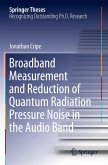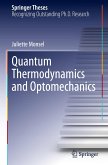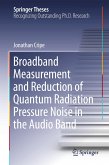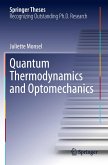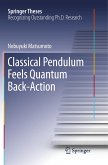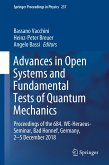This thesis presents the first realization of non-reciprocal energy transfer between two cantilevers by quantum vacuum fluctuations. According to quantum mechanics, vacuum is not empty but full of fluctuations due to zero-point energy. Such quantum vacuum fluctuations can lead to an attractive force between two neutral plates in vacuum - the so-called Casimir effect - which has attracted great attention as macroscopic evidence of quantum electromagnetic fluctuations, and can dominate the interaction between neutral surfaces at small separations. The first experimental demonstration of diode-like energy transport in vacuum reported in this thesis is a breakthrough in Casimir-based devices. It represents an efficient and robust way of regulating phonon transport along one preferable direction in vacuum. In addition, the three-body Casimir effects investigated in this thesis were used to realize a transistor-like three-terminal device with quantum vacuum fluctuations. These twobreakthroughs pave the way for exploring and developing advanced Casimir-based devices with potential applications in quantum information science. This thesis also includes a study of the non-contact Casimir friction, which will enrich the understanding of quantum vacuum fluctuations.
Bitte wählen Sie Ihr Anliegen aus.
Rechnungen
Retourenschein anfordern
Bestellstatus
Storno

